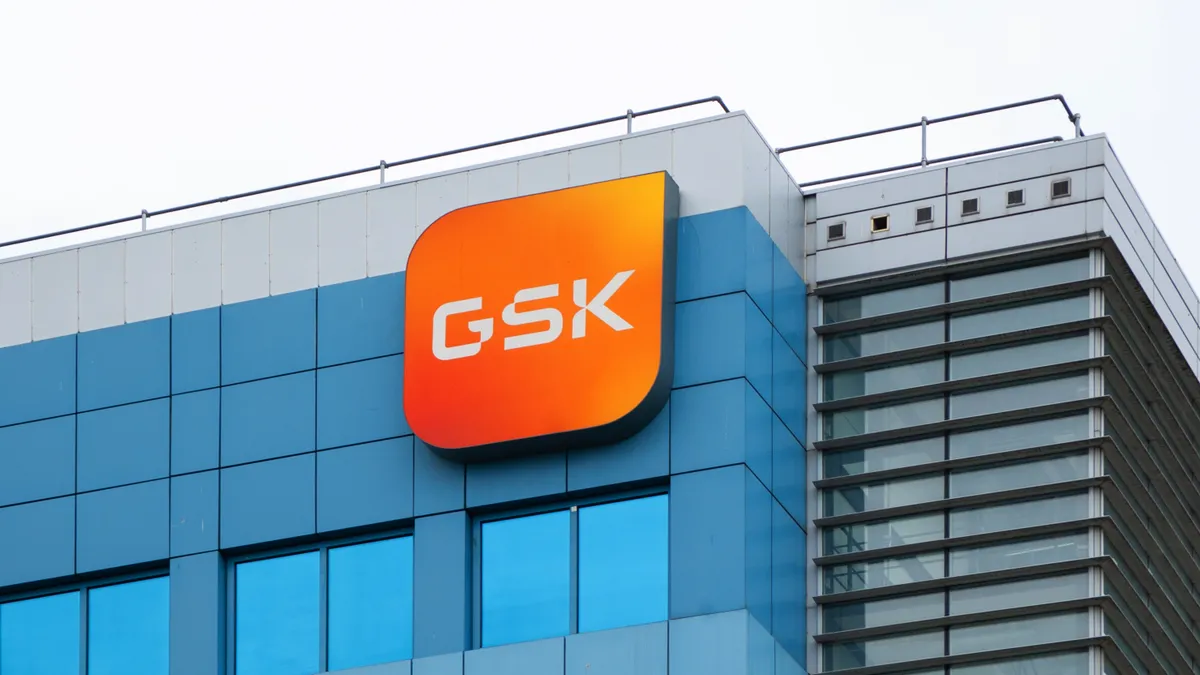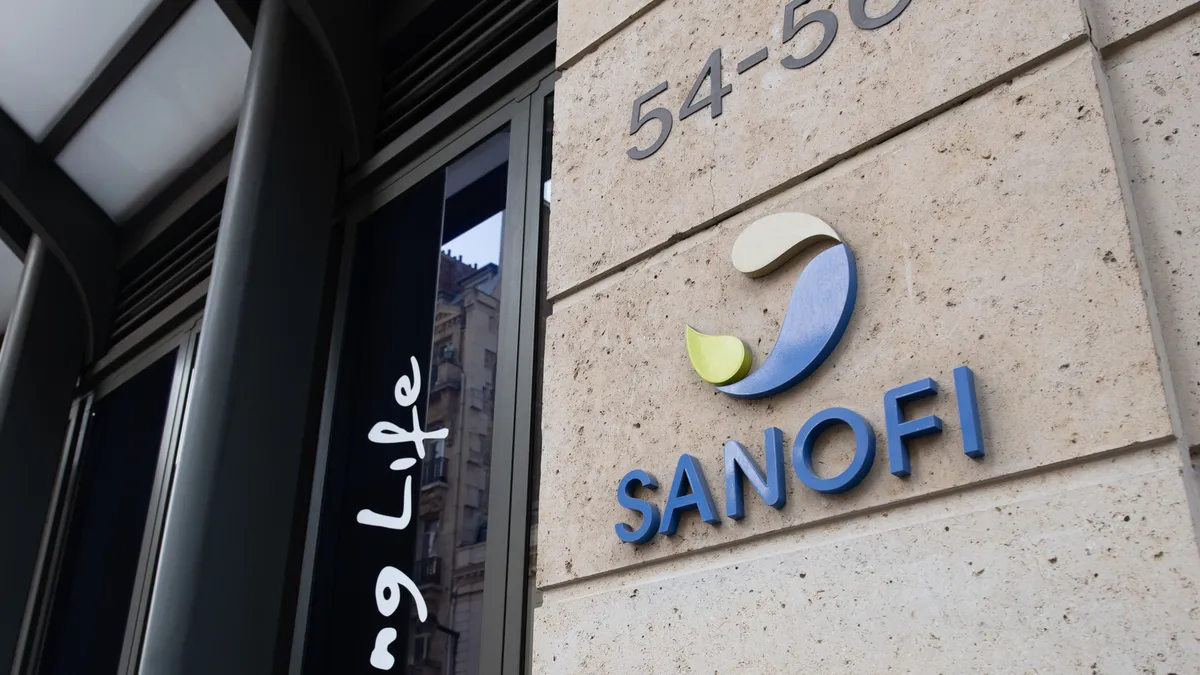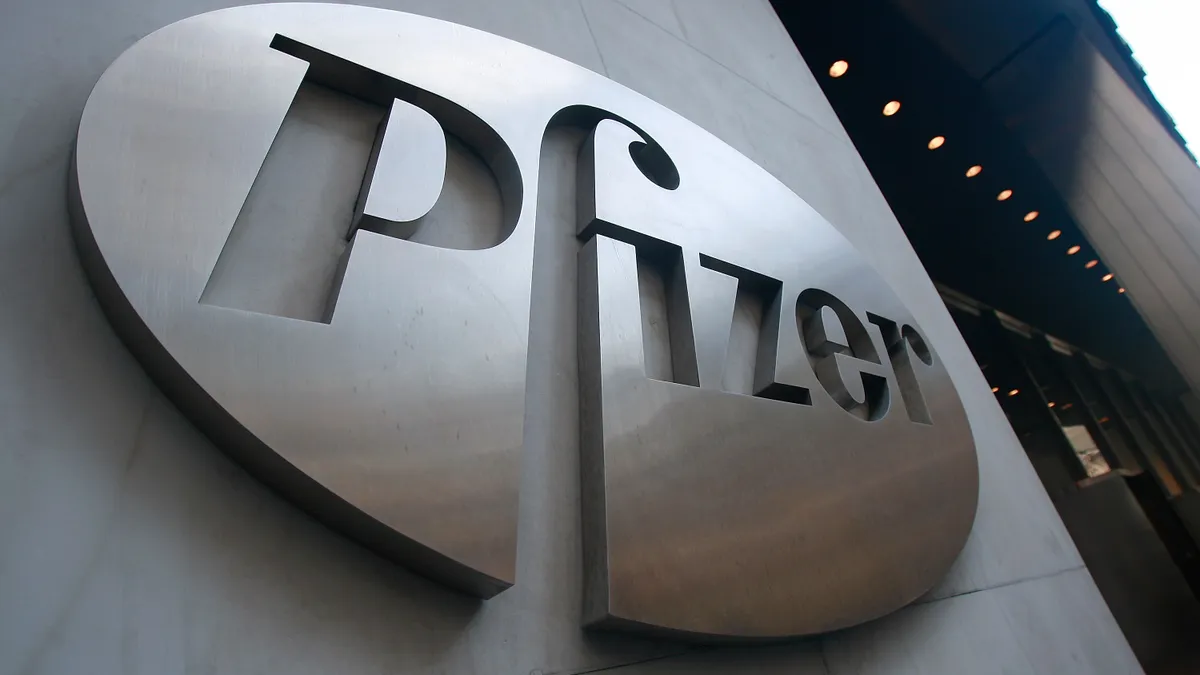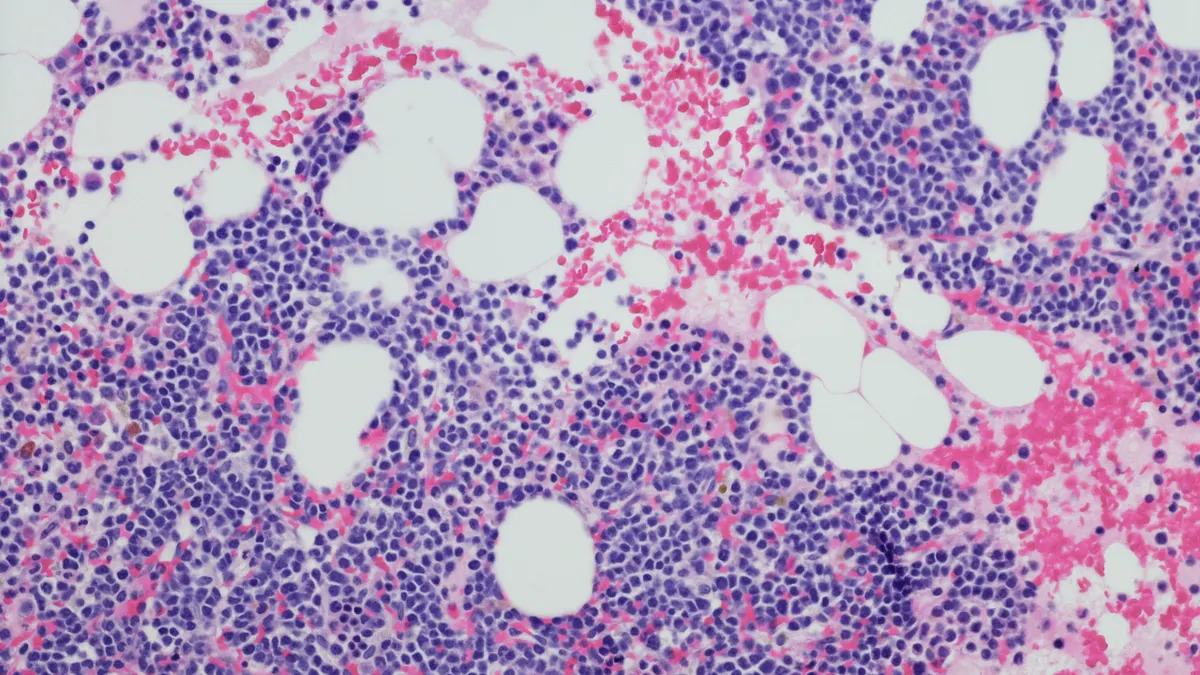Pfizer will maintain its 2025 financial forecasts for now, but warned Tuesday it can’t predict the impact of any tariffs or trade policy changes the Trump administration might impose on the pharmaceutical sector.
“While we continue to engage and plan for contingencies, we’re focusing day to day on what we can do to move our business forward,” Pfizer CEO Albert Bourla said in remarks prepared for the company’s earnings call for the first quarter.
The drugmaker expects to earn between $61 billion and $64 billion in revenue this year, an estimate that doesn’t include any provisional accounting for future tariff-related charges. Company CFO Dave Denton noted in a conference call, however, that it anticipates about $150 million in expense from already introduced general tariffs, which it believes it can absorb within its current guidance range.
Some of Pfizer’s industry peers, such as Johnson & Johnson and Merck & Co., have also shared initial estimates for the expenses they expect to incur as a result of the general tariffs President Donald Trump announced April 2, and then later partially paused for 90 days.
Pharmaceutical products are exempt from those duties. However, his administration recently began a trade investigation that’s widely expected to result in sector-specific tariffs on pharmaceuticals, potentially as soon as next month. Trump has hinted levies could range anywhere from 50% to 200%.
The probe, known as a Section 232 investigation, is specifically meant to weigh national security risks, something that Bourla said was the primary concern voiced by administration officials in his conversations with them so far.
“We have had very productive discussions with all the secretaries that are involved,” said Bourla on a conference call Tuesday. “I’m cautiously optimistic.”
“We will work with the administration to make sure that their concern on national security will addressed [in] the best possible way,” he added.
In the meantime, Pfizer has put together an internal team to model possible trade policy outcomes and develop strategies, such as how the company manages product inventory levels, to lessen any impacts.
Broadly speaking, the pharma industry relies on China and India for many of the raw starting materials used in the production of small molecule drugs, as well as for a good share of the active ingredients in those medicines. Many drugmakers also have extensive manufacturing in European countries like Ireland, Switzerland and the Netherlands.
Bourla said he believes the Section 232 investigation will focus on countries “unfriendly” to the U.S., which, if borne out, could suggest less punitive measures on countries like Ireland, where the industry also domiciles much of its intellectual property.
In recent months, many of the largest pharma companies have announced plans for significant investment in U.S. manufacturing, moves that could eventually help reduce their exposure to supply chain risks like tariffs. Eli Lilly, for instance, in February said it would spend $27 billion to build four new U.S. factories at an event attended by Commerce Secretary Howard Lutnick, who oversees the Section 232 probe.
Since then, J&J, Merck, Novartis, Roche, and AbbVie have disclosed plans for U.S. manufacturing investment that will total nearly $150 billion over the next decade.
Pfizer, which has been cutting costs after over-expanding early in the COVID pandemic, hasn’t unveiled a similar target. Speaking on Tuesday’s call, however, Bourla said the company had substantial room in its existing U.S. facilities to expand production.
“We have huge manufacturing capacity right now in the U.S., particularly for everything that is injectable,” Bourla said. “Our ability, if there is a need, is clearly there without the need to build new facilities, just utilize the current ones and transfer production there.”
Overall in the first quarter, Pfizer reported $13.7 billion in revenue, down 8% from the same period last year due mainly to declining sales for the company’s COVID antiviral Paxlovid.
On an adjusted and diluted basis, earnings per share were $0.92, well above consensus Wall Street estimates as Pfizer’s operating costs came in lower than expected.
The company also shared plans to trim a further $1.2 billion in selling, informational and administrative costs by the end of 2027, as well as $500 million in R&D costs, which it plans to reinvest in its product pipeline. Combined with previously announced cuts to spending, Pfizer now expects $7.2 billion in net cost savings by 2027.
Editor’s note: This story has been updated to include mention of tariff-related expenses from non-pharmaceutical tariffs that Pfizer expects to absorb within its current financial forecasts.






















